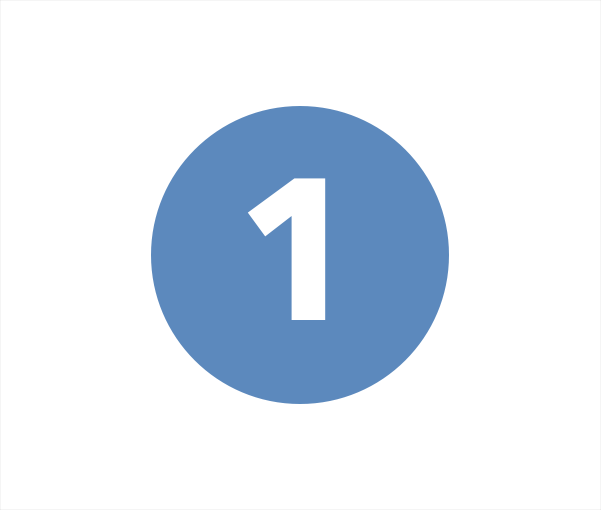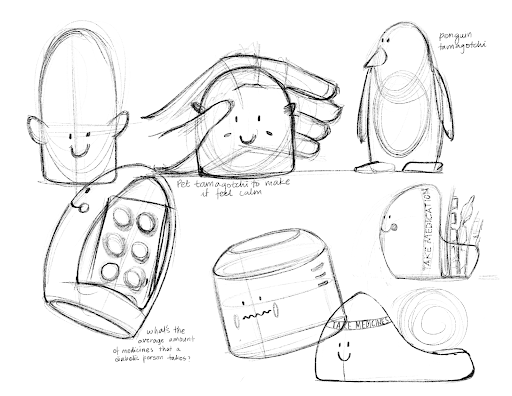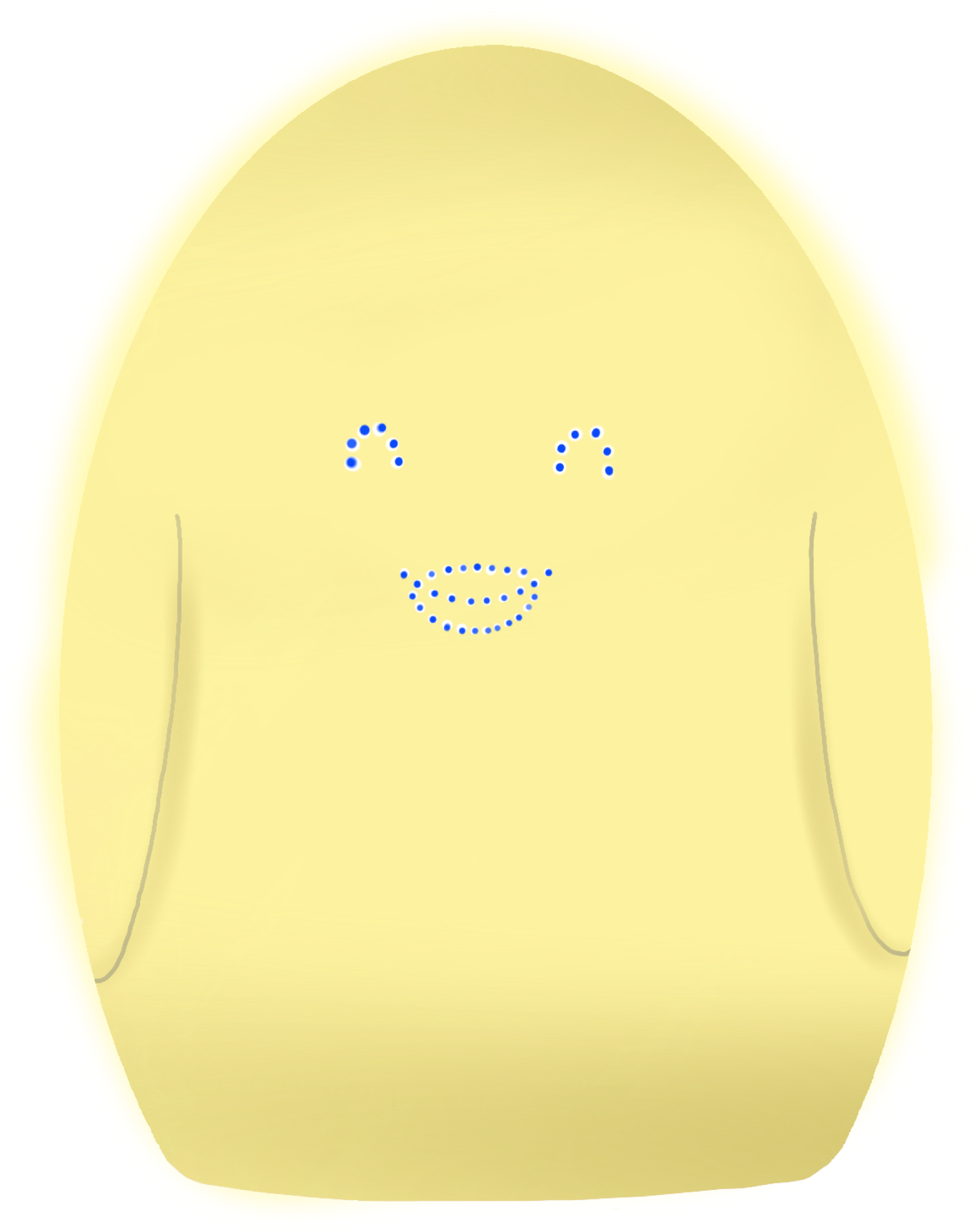Overview
HealthPal
Helping diabetic kids take ownership over their health
Spring 2019 // 8 weeks
Digital Service Innovation
Team Project // 4 people
Problem
Type I diabetes is a life-threatening illness that requires constant, lifelong monitoring of health parameters. Managing this complex illness can be difficult, especially for children and their parents. It is important to instill healthy behaviors early on, so these children can take care of themselves for years to come.
Solution
HealthPal is a digital-physical health companion designed to help kids with type 1 diabetes take ownership over their health. The physical companion doubles as a night light and provides a salient reminder of health status, while the digital companion app gives a more detailed look into health metrics and goals. Using minimal data input, HealthPal collects information from wearables and glucose sensors about exercise and blood sugar, two crucial factors in keeping type 1 kids happy and healthy. If these health metrics are positive, HealthPal companion will express happiness and feel healthy. If not, HealthPal will feel sick, expressing negative emotion. In this way, the HealthPal companion is a reflection of the child’s health. By taking care of their HealthPal, children learn to take care of themselves.
Methods
SET Analysis, Interviews, Speed Dating, Think-Alouds, Co-Creation
Tools
Figma, Illustrator, Premiere Pro, Photoshop
Role
Although I participated in all aspects of the project, my biggest contributions were visual design, character design, and creating the concept video.
CONCEPT VIDEO
Background
DESIGN ROADMAP
“The most important thing [when raising a diabetic child] is helping them form good health management habits early on.”
PROJECT CONTEXT
How might we instill good health-management behaviors early on for kids with type 1 diabetes?
This project was created for a class called Digital Service Innovation at Carnegie Mellon University. Each person in the class pitched a startup idea, and the top ideas were chosen to build projects around. My idea for a preventative healthcare app was chosen, and thus HealthPal was born.
My team conducted background research, interviews, storyboarding, and usability testing to refine the design concept and create a polished final prototype. The end result is HealthPal, a physical and digital companion for kids aged 4-10 with type 1 diabetes designed to help them engage with their health and form positive behaviors for years to come.
Process
1. Generative Research
THE PROBLEM SPACE: PREVENTATIVE HEALTHCARE
The initial startup idea I pitched was an app to help people be more proactive about their healthcare. With this direction in mind, my team began conducting extensive background research in the space of preventative medicine, attempting to better understand the problem areas that our final solution could address. We did a competitive analysis, SET analysis, and interviews with doctors.
SET Analysis
First, we conducted a SET analysis to identify current social, economic, and technological trends in the space of preventative medicine. We did this in an attempt to find a product opportunity gap (POG) at the convergence of these external factors that our solution could address.
Competitive Analysis
In conjunction with the SET, we also conducted a competitive analysis in the space of preventative medicine to understand the value currently being provided to customers, as well as to identify ways we could stand out from the pack. We looked at several different types of preventative healthcare platforms, including tracking-based apps (myFitnessPal, a fitness app) and persona-based platforms (Medrespond, an AI doctor site).
From this analysis, we discovered that:
Fitness and nutrition management apps are common. There are a large number of mobile health apps currently on the market that help people manage their nutrition, fitness, and other health factors.
However, there are not as many apps that have a physical or IOT component. There is an opportunity to create something that combines digital and the physical for salient health reminders.
Most of these apps are targeted towards adults. Kid-centered apps are less common, even though instilling healthy behaviors early on is crucial.
Mobile health apps need more compelling incentives to encourage widespread use. The people that are likely to download apps to track their health are probably already proactive about their wellness. This begs the following question: How can we make engaging in healthy behaviors fun and interesting for people who are less motivated to do so?
MyFitnessPal, a nutrition and exercise-tracking app
Medrespond, a conversational patient-engagement platform
Interviews
Lastly, we conducted interviews with 2 healthcare professionals. We found that patients are often unwilling to engage in preventative care (such as exercise, screenings, etc) due to lack of education, busy schedules, and high healthcare costs. These doctors emphasized the importance of education, especially in-school education for children.
INITIAL CONCEPT
Diagram depicting our initial concept
Our generative research suggested that many Americans aren’t proactive about healthcare and are in need of an easy, fun way to manage their health. Though many healthcare apps exist on the market, most are targeted towards people who are already concerned about their health status; none are engaging enough to encourage people who are unconcerned with preventative care to use them. This lead us to our initial concept idea:
A Tamagotchi-like Creature
We originally wanted to create a tamagotchi-like health companion that turns health management into a fun and physical experience. The companion would track health data (such as exercise and heart rate) from wearables and phones. It would then reflect healthcare quality in it’s mood and health status (for example, if your heart rate is too high, the character would feel sick). This idea effectively reframes the product opportunity by turning patients into healthcare providers.
2. Conceptual Design
STORYBOARDING
Next, we began brainstorming potential applications of the “physical health companion” concept. We created 5 storyboards spanning many categories, including:
Family health tracking
Fitness Competition with Friends
Doctor’s Appointment Reminders
Portable Health Companion
Remote Parent Tracking
Some of the design ideas were targeted towards adults, while others were targeted towards children. We chose storyboarding so we could test a wide variety of user needs and potential solutions in an efficient manner.
Sample Storyboards
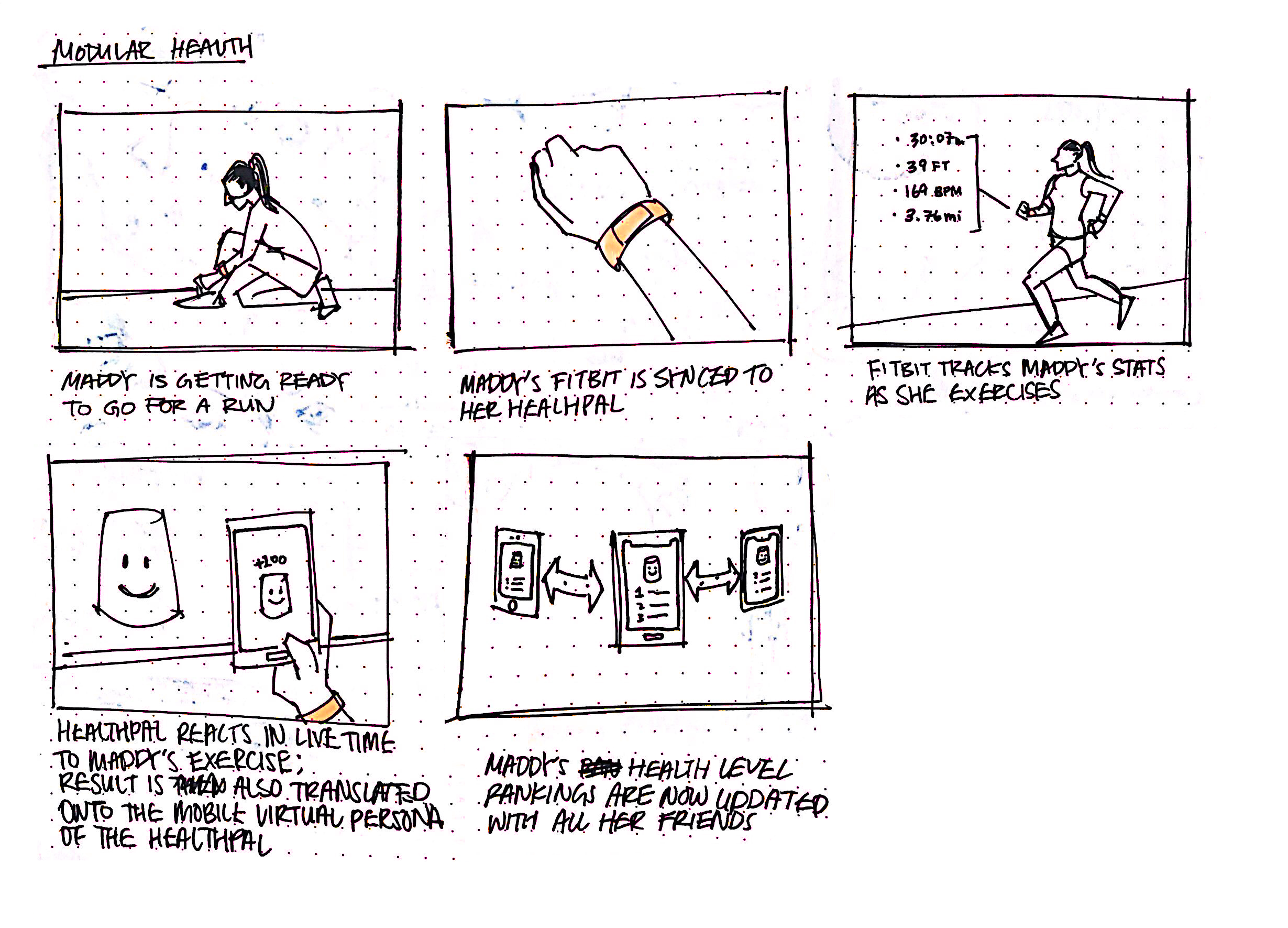
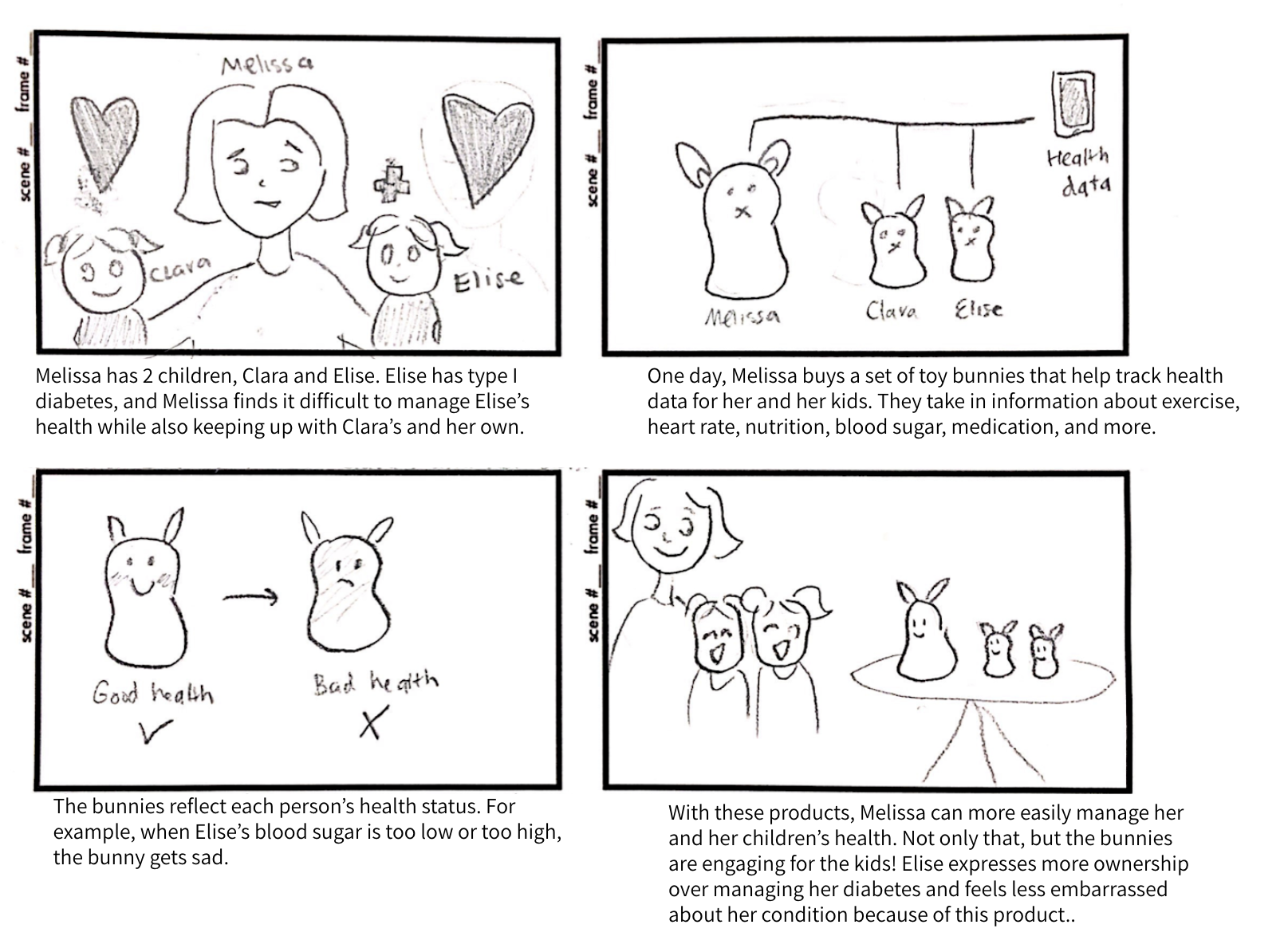
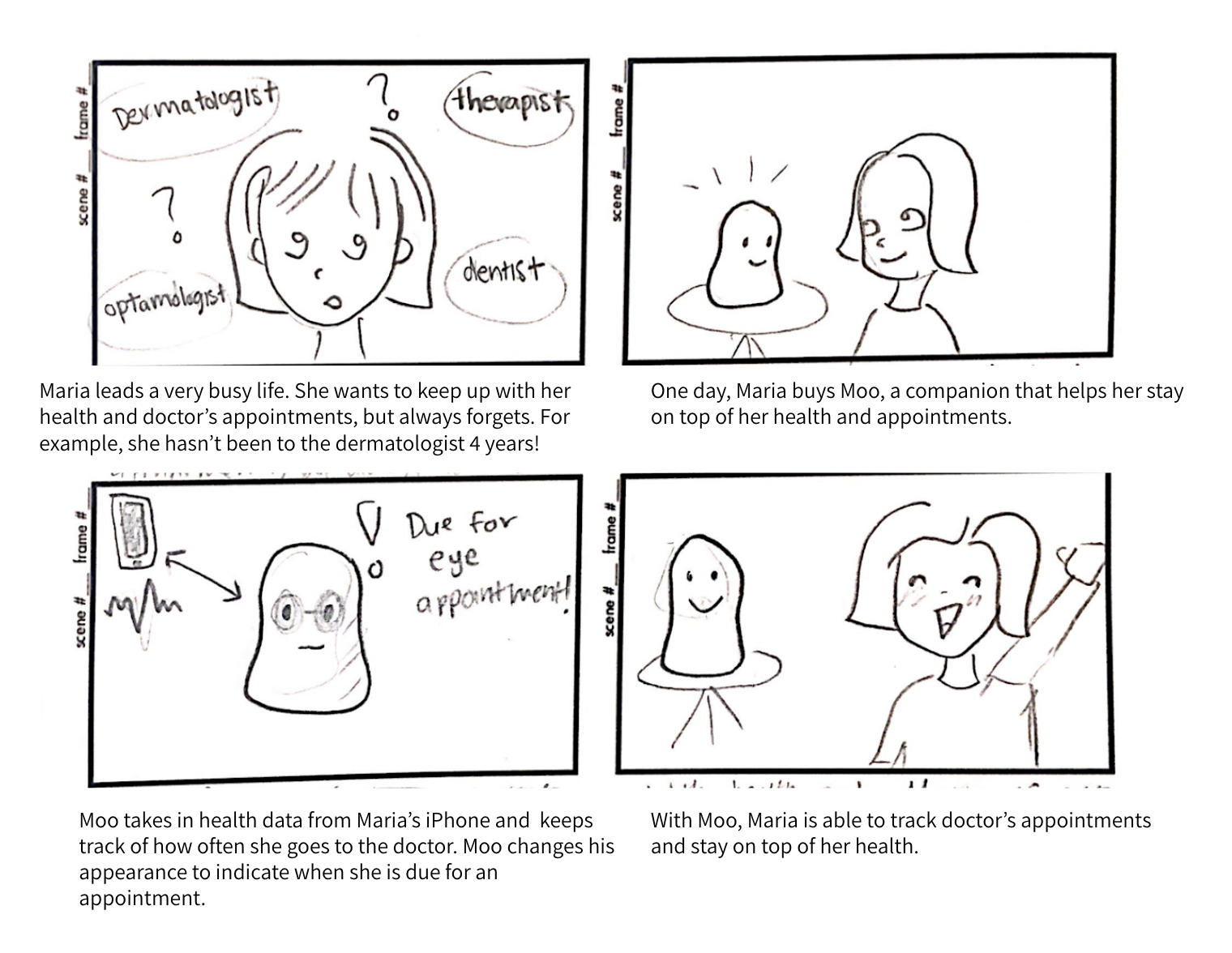
SPPEED DATING + INTERVIEWS
Next, we “speed-dated” the storyboards with a variety of potential stakeholders, including physicians, nutritionists, and parents. One of the parents had a child with type 1 diabetes. We followed up the speed-dating sessions with semi-structured interviews to understand more about each person’s health habits. This helped us uncover the following insights:
A physical health companion is best for kids
Having a physical reflection of health is great for engaging kids, but less useful for adults; most adults prioritize efficiency and would prefer an app.
Keeping up with kids’ health is hard, especially if they have chronic illnesses like diabetes
Parents are extremely busy and often don’t have to time to stay on top of all aspects of their kids’ health. This issue is exacerbated when kids have chronic diseases like diabetes that require constant monitoring. Doctors suggested that this burden may be alleviated by helping kids take ownership of their health through education.
Tracking health metrics can backfire
Tracking health behaviors, especially diet and exercise, can become unhealthy and obsessive/demotivate people if it is too numbers-focused. Generalizing this information in emotions (happy/sad) of an avatar might be a useful alternative.
Competition is a great incentivizer, as long as personal details are concealed
People responded well to the idea of competition, but had concerns about data privacy and unhealthy obsessive behaviors stemming from it.
REFINED DESIGN CONCEPT
Taking feedback from speed-dating into account, arrived at our refined design concept:
Diagram depicting our refined concept
A physical-digital health companion for kids with type I diabetes.
This companion would use minimal data input to gather information about blood sugar, exercise, medication, and diet, changing it’s mood according to how well the child manages his/her health. The child could see a physical manifestation of his/her health in the physical creature, in addition to a more detailed view of health metrics in the mobile app. We updated the physical creature to be a more gender-neutral animal: a penguin! Key changes made from the initial concept and rationale for each are listed below.
.
KEY CHANGES:
Targeting Children
Our initial concept was meant to be used by adults. However, speed-dating revealed that most adults did not want something like this, but they thought their children would love it. For this reason, our refined concept is geared towards children aged 4-10.
Focusing on Type 1 Diabetes
We realized that we needed to scope down our design concept to focus on one particular population. We decided that type 1 diabetes would be a good area to target, for three reasons: 1) After conducting further primary and secondary research, we found that type I diabetes is an extremely common disease that requires lifelong monitoring; teaching diabetic kids healthy behaviors early on is key, 2) key health metrics for managing type 1 like blood sugar and exercise are easily tracked with sensors and wearables, thus reducing burden on the user for data input, and 3) we had access to multiple parents whose children had type 1 diabetes for user testing.
Adding a Digital Portal with Competition Among Friends
We added a digital portal so kids could see more detailed information about their health status, providing more opportunities for education. Additionally, we wanted to incorporate a competitive element into our refined concept, as speed-dating revealed that competition was a great incentivizer so long as personal details are concealed. In our refined concept, kids have the option to connect to other children using the app and compete with each other on health metrics using their HealthPal persona. Kids would be scored relative to THEIR health goals, not that of their friends, so that private health data might be concealed.
3. Prototype & Test
IDENTIFYING STAKEHOLDERS
We began by creating mini personas of product stakeholders to guide solution development.
A.
B.
C.
PAPER PROTOTYPING & SKETCHING
Once our design concept was solidified, we began sketching out both the physical creature and the accompanying digital app. We then conducted user walkthroughs with 2 pediatricians, 1 teenager with type I diabetes, and 1 parent of a child with type I to get feedback on usefulness of the concept and features.
Paper Prototypes
Physical Companion Sketches
User Testing Results
Conducting user walkthroughs on our sketches with doctors and diabetics resulted in the following key takeaways:
HealthPal is tackling a very real problem
Diabetics and doctors alike validated the need for this app; both expressed that healthcare compliance is a huge issue (especially in children) and that instilling healthy behaviors early on extremely important for leading a happy, healthy life.
More incentives are needed to make our product “stick.”
Both doctors suggested that extra, added incentives would be needed to encourage continued use of HealthPal. They suggested linking health points to real life rewards.
Competition page is too personal.
Diabetics revealed that their healthcare journey was very personal and they wouldn’t want to compete in any way with others on health metrics.
There is currently a “feature overload” with too much data input.
Users said that there were way to many features and points of data entry for kids; it would likely be overwhelming for them. This inspired us to pair down our feature set.
Parents need to be included.
Parents are very involved in managing their child’s disease, especially when the child is younger. Thus, parents need to be able to interact with this application in some way.
MID-FI PROTOTYPING
Based user feedback, we iterated our screens to mid-fi, making several key changes. First, we paired down our feature set to focus on tracking blood sugar and exercise, two key health factors for managing type 1 diabetes. These metrics can be monitored without explicit data input by the user (exercise can be passively tracked via wearables, while blood sugar information can be sent wirelessly via bluetooth from glucose sensors). The competition, diet, and medication pages were done away with.
We also added a “rewards” section as an extra incentive to use our product. Parents can input customizable rewards that children can win when they manage their health well.
Lastly, we incorporated a “parent portal” where parents could view their child’s health data and potentially send that data to doctors.
Screens
Think-Aloud and Co-Creation Session with a Child
We were fortunate enough to get the chance to test out the mid-fi app with a 6 year old child. We also engaged in a co-creation session, where we had her draw and talk about her favorite toys and apps.
From this experience, we were able to validate many of our design assumptions. We also discovered new things we hadn’t considered. For example, we learned that children love to create and customize; on almost every one of the child’s apps, her favorite part was decorating her avatar. We also learned that children primarily play games on iPads because they enjoy having large screens. Lastly, we discovered that children often have large, glowing nightlights in the shape of animals that they love, which inspired us to make HealthPal double as a nightlight.
REFINING THE SOLUTION
Pivoting to iPad and Nightlight
Based on the child’s feedback, we decided to slightly pivot our idea, changing our iPhone app into an iPad app. We also converted the physical companion into a nightlight. This not only increased the companion’s utility, but also made it a salient health reminder next to the child’s bedside.
Bringing the Health Companion to Life
I updated the digital version of the healthcare companion to hi-fidelity using Adobe Illustrator. I wanted him to look kind, lovable, and gender-neutral so our product could be used by girls and boys. Based on the digital creature I designed, a teammate of mine rendered the physical nightlight companion in Photoshop.
Physical companion rendering
Digital companion iterations
Final Design
4. Refined Prototype
INTRODUCING HEALTHPAL
A Physical and Digital Health Companion for Kids with Type I Diabetes,
Designed to Help Them Take Ownership over their Health
The Users
Overview
MANAGING TYPE 1 DIABETES IS HARD.
Type I diabetes is an extremely time-consuming, stressful, and complex disease. It is important that diabetic children learn healthy habits from an early age, so they can take care of themselves for years to come. That’s where HealthPal comes in.
DISEASE MANAGEMENT MADE FUN, WITH HEALTHPAL DIGITAL-PHYSICAL COMPANION.
HealhPal is a digital-physical health companion designed to help kids aged 4-10 with type I diabetes take ownership over their health. The companion changes its color and mood according to the health status of the child; for example, if the child’s blood sugar and exercise levels are in a healthy range, HealthPal will glow yellow and express happiness. The physical version of HealthPal doubles as a nightlight and serves as a salient reflection of the child’s health status, while digital app version is interactive and customizable, providing a more detailed look into health metrics and goals. Kids can cash in “healthpoints” they earn by keeping their HealthPal healthy for real-life rewards input by parents.
NO DATA INPUT REQUIRED.
HealthPal analyzes data from wearables, phones, and glucose sensors to track blood sugar and exercise, two crucial factors in keeping type 1 kids happy and healthy. Because this data can be collected automatically, burden of data input is minimized.
PARENT PORTAL FOR CAREGIVERS AND DOCTORS.
The app also includes a parent portal so parents can stay on top of their child’s health needs or share data with doctors. This enables them to track their child’s health while giving the child the ability to independently learn to manage their illness.
HealthPal Concept Diagram
Product Walkthrough:
PHYSICAL COMPANION
Reflection of Health in a Night Light
SUMMARY: The HealthPal physical companion doubles as a nightlight and serves as a salient reminder of the child’s health status. If kids do a good job managing their health, HealthPal will glow yellow and express positive emotion. If not, HealthPal will express negative emotion and feel sick, glowing blue. This effectively turns the child into a health provider; by caring for their physical creature, they are also caring for themselves.
RATIONALE: The physical companion differentiates HealthPal from other health management apps; almost no other healthcare apps have a physical manifestation of health. Further, having this physical reflection of health in the form of a nightlight makes the child’s health status extremely salient to him/her. A nightlight is the first thing they see when they wake up, and the first thing they see when they go to bed.
Product Walkthrough:
DIGITAL IPAD APP
User Flow
Home Screen
SUMMARY: Children can see a digital version of their HealthPal companion as well as their current “health score”, which is based on a both blood sugar and exercise levels. The digital companion’s color and mood changes according to this health score, mirroring the change in color/mood of the physical companion. Children can interact with this digital companion and customize his name, room, and clothing, unlocking more customizations as they gain “health points” from keeping their companion (and in turn themselves) healthy. They can also save screenshots using the camera on the bottom left to document their health journey.
RATIONALE: We included a digital app so children could see more detailed information about blood sugar and exercise, enabling them understand why their HealthPal is feeling a certain way and learn how to manage their health better in the future. The digital app also provides an opportunity for the child to interact with and customize their HealthPal. Our research suggested that children would be very excited about playing with the digital version of their HealthPal, so we placed him front and center on the home screen. Further, children love to create and customize their avatars, so we added customizations as an incentive to encourage good health management behaviors.
Blood Sugar Tracking
CHILD: CURRENT GLUCOSE READING + TIPS
Children can see their most recent blood glucose measurement and associated warnings if this measurement is too low or high. They can also receive tips from the HealthPal avatar on how to improve their levels. If the child’s blood sugar reading is in a healthy range, they will gain health points (upper left corner).
Blood sugar data can be synced directly from glucose sensors, many of which can connect to apps via bluetooth. As children already have to check glucose multiple times a day, this data could be sent automatically to HealthPal, eliminating the need for data input.
RATIONALE: Blood sugar is the most important thing to monitor as a diabetic, so we wanted to make glucose tracking one of the app’s key features. We kept the screen very visual and simple for children so they could easily process the information, only showing their most recent reading.
PARENT: DETAILED GLUCOSE TRENDS
The parent version shows a more detailed view of health metrics. Parents can view blood glucose trends over time and a weekly score summarizing the child’s measurements. They can also track A1C, another important metric for managing type I diabetes.
RATIONALE: Parents expressed that they often keep charts logging their child’s blood sugar over time, noting trends. Here, we provide comparable, detailed information to inform the parent’s health plan for their child. This data could also be shared with doctors to help them understand the child’s needs during appointments.
Exercise Tracking
CHILD: DAILY ACTIVITY GOAL
The child’s screen shows a daily activity goal, which would be set by the parent. Children can work to reach this goal to gain health points and keep their HealthPal happy. Exercise data could be taken from phones and wearables, eliminating the need for data input.
RATIONALE: According to diabetics, exercising regularly is crucial for keeping blood sugar levels stable, so we wanted to make activity tracking a key feature in the application. Again, we kept the information simple and visual so as to be understood by a child. We chose “minutes active” to quantify exercise because diabetics indicated it was an important metric and we felt children could easily grasp it.
PARENT: DETAILED METRICS + GOAL SETTING
Parents can see more detailed information about their child’s activity and how it changes over time, including step count, distance traveled, and minutes active. They can also set goals for their children to reach.
RATIONALE: We wanted to provide parents with a more comprehensive look into exercise data, who we found are often extremely diligent about documenting their child’s exercise to understand how it affects glucose levels. One parent we talked to kept an extensive, handwritten spreadsheet to do this.
Real-Life Rewards
CHILD: ADDED INCENTIVE
Children can use the healthpoints they gain from keeping exercise and blood sugar levels in healthy ranges to get real-life rewards. These rewards are customized by parents.
RATIONALE: Doctors and parents alike suggested that HealthPal changing mood might not be enough to make our product “stick”; we needed to link health management to real-life rewards. Including a prizes page creates an added incentive for kids to form healthy habits.
PARENTS: CUSTOMIZABLE PRIZES
Parents can input rewards that their kids can purchase using healthpoints. This gives parents autonomy in choosing how to reward their child for healthy habits.
RATIONALE: In the mid-fi testing, parents of non-diabetic children enjoyed this feature; they said they had used reward apps before to get children to do chores or exercise. Further, a mother of a diabetic stated that she already had a system like this in place; she would often give her child a dollar whenever his blood sugar reached 100mg/dl.
REFLECTION
If I had more time, I would…
Explore voice-based interactions with the physical companion. As it stands now, the physical version of the HealthPal isn’t very interactive; it only changes color and facial expression. If I had more time, I would have explored ways children could interact with HealthPal through speech to make it more engaging.
Incorporate nutrition-tracking. Carb counting is a key part of diabetes management. Though this feature was too complex to incorporate our final prototype given the time constraints, I would like to explore kid-friendly implementations of nutrition tracking in the future.
Expand to other chronic illnesses + healthy children. HealthPal could have a wide variety of health applications, including helping kids with other chronic illness like asthma manage their disease. I also foresee HealthPal being used by healthy kids as part of their daily wellness routine.









